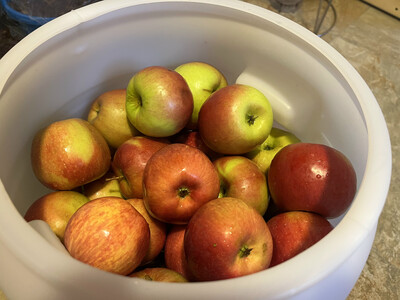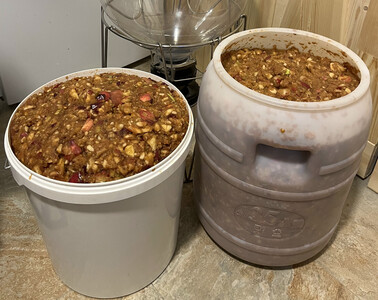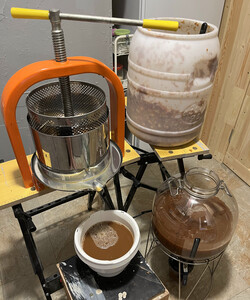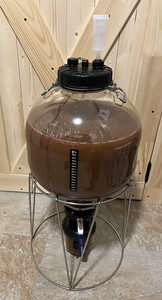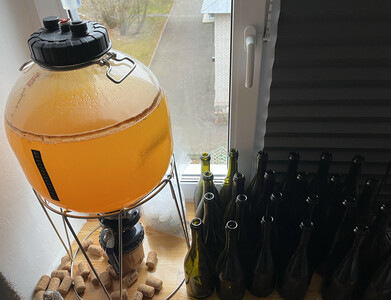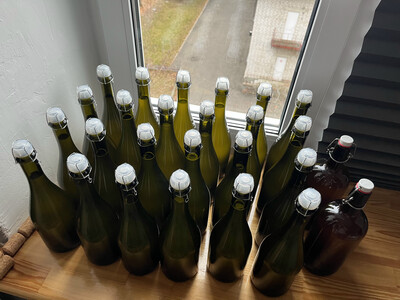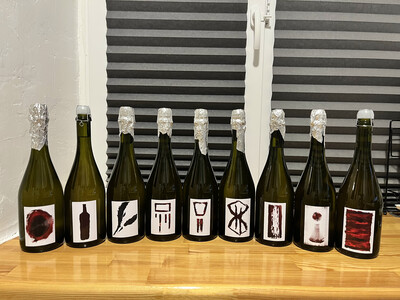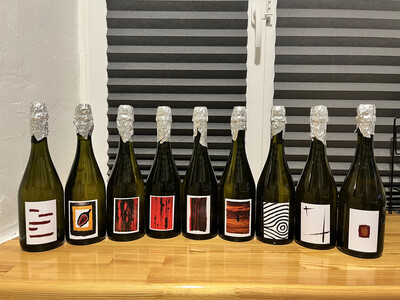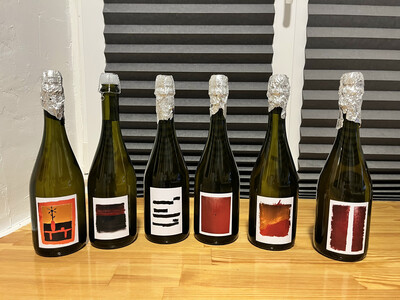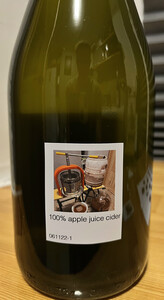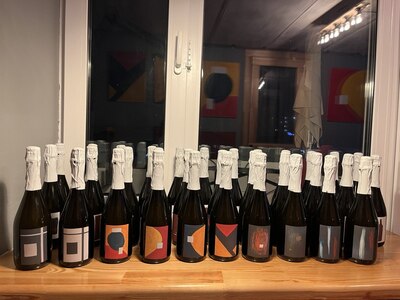Cider
In the autumn of 2021, in one of the quietest and cleanest cities on our planet, I picked up more apples than I could eat and thought about what to do with them – so the idea came up to make my own cider.
I am advised by my colleague from Normandy, whose farming family has been producing cider and calvados for many generations without changing old technologies. I select apples of different varieties primarily to improve the taste and aroma, as well as to obtain the desired acidity and sugar content. Apples are pre-cut semi-mechanically and then manually pressed with a screw press. All used containers and tools are made of materials approved for food contact.
For a clean and fast fermentation, I use Gervin yeast from Muntons, a British family company with over a century of experience, or SafCider from Fermentis, a company which is focused for over 160 years on the yeast production. The transparent fermenter allows to control the entire fermentation process, and thanks to its conical shape, the yeast settles in the bottom receiving container – this cleanses the cider and the yeast has minimal effect on its taste.
After the primary fermentation, the cider is bottled in sterile bottles for the final “maturation” – the secondary fermentation. Such a “live” unpasteurized unfiltered cider is stored at a temperature of 5 to 14 degrees Celsius in a special refrigerator or cellar, fermentation proceeds slowly, with constant control. In a few months, the drink will radically change its taste.
